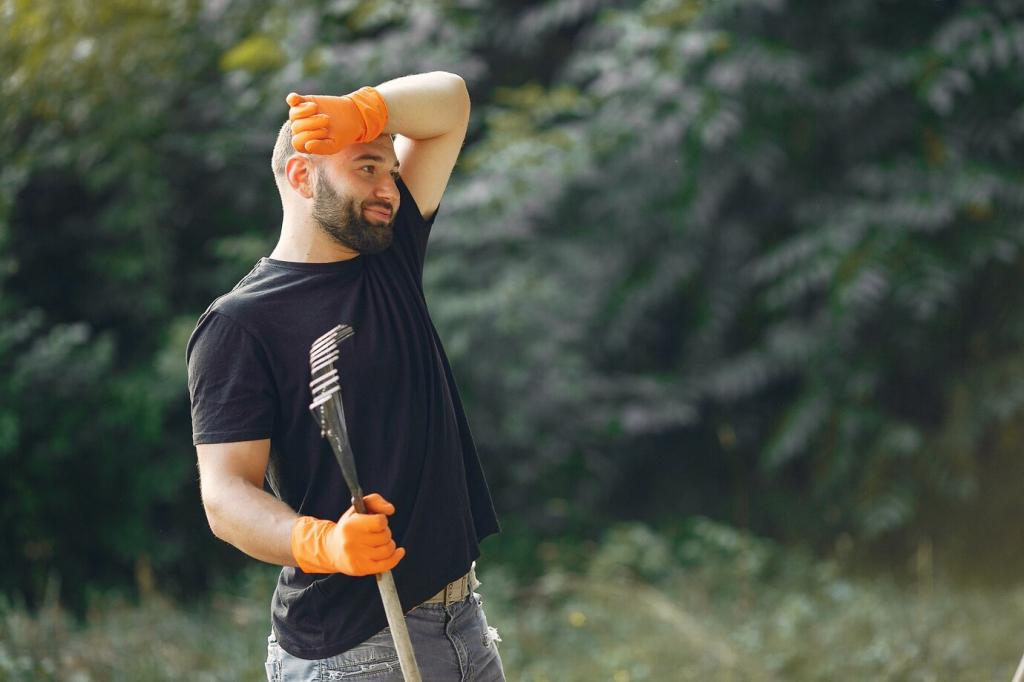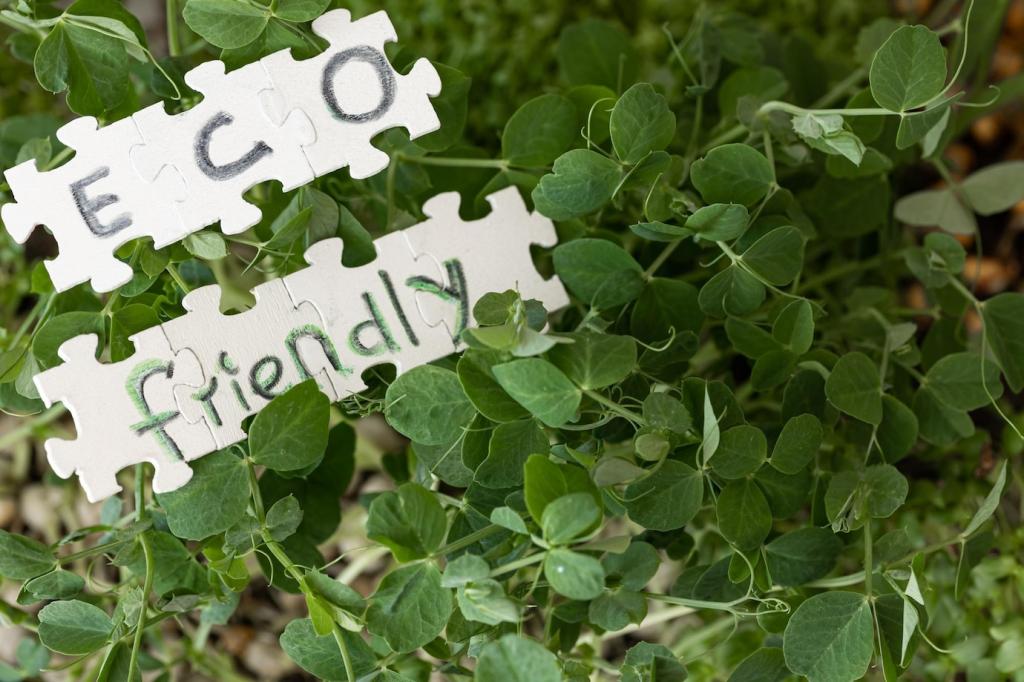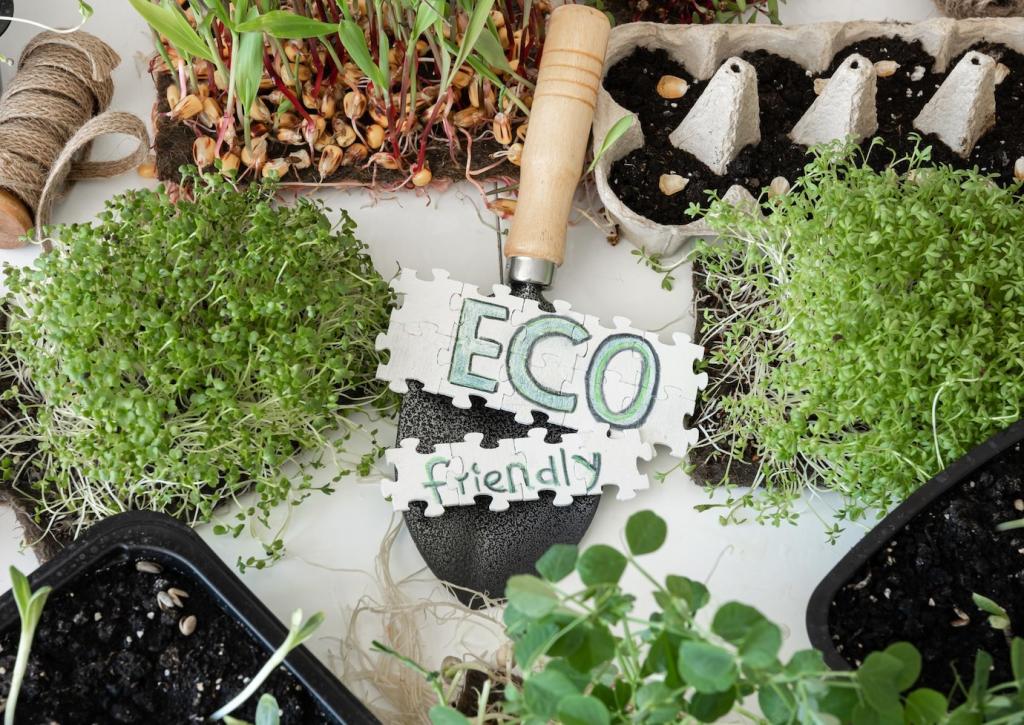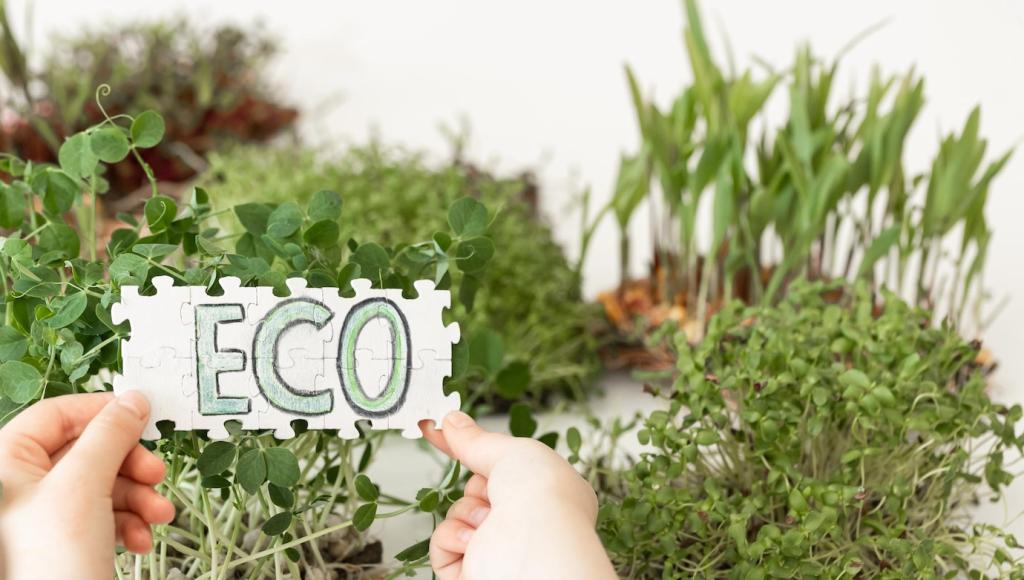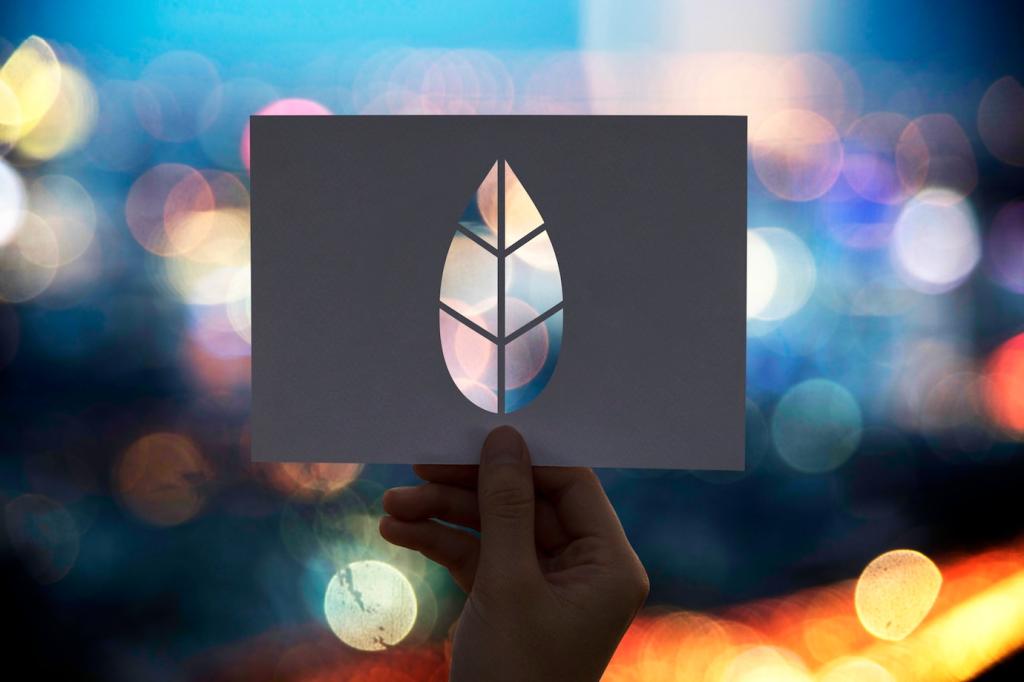Care and Maintenance of Upcycled Pieces
Spot clean when possible, line dry to protect fibers, and use cool cycles for mixed materials. Gentle detergents preserve colors, while mesh bags protect delicate trims. These habits save energy, reduce microplastic shedding, and keep upcycled textiles looking vibrant longer.
Care and Maintenance of Upcycled Pieces
Keep a small repair kit with needles, thread, patches, and fabric glue. Address loose buttons or fraying hems before they become failures. A ten-minute mend can save an item for ten more years—proof that maintenance is the most powerful upcycling tool you own.

